New Tank Syndrome
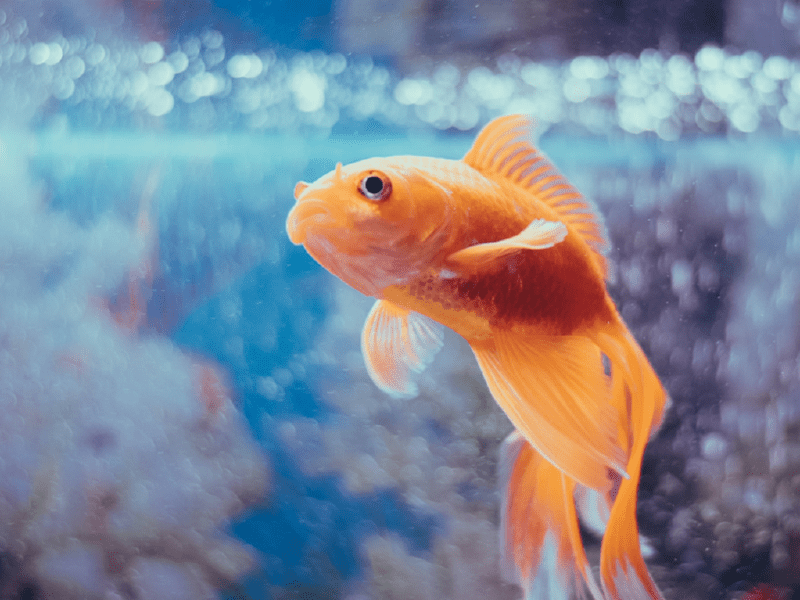
In established aquariums, toxic ammonia from fish waste is broken down by bacteria into nitrite, which is then broken down by a different group of bacteria into nitrate. In a newly set up aquarium, those bacteria are not present in any quantity, and it takes time for those bacteria to multiply to the point of being able to keep up with the waste output of the fish. This blog post will help you get started and educate you on the process.
A tank need not be “new” to go through this break-in process. That thirty year old metal frame tank that you found in your basement will cycle just like the sparkling new glass one you just bought this afternoon.
Even well established aquariums can become “new” again in terms of the break-in cycle. Removing or accidentally killing off large quantities of bacteria by changing the aquarium gravel for instance, will cause ammonia to spike as it would in a break in cycle. Medications, chlorinated water, and drastic temperature changes can also affect bacteria, and may cause a sudden cycle-like process.
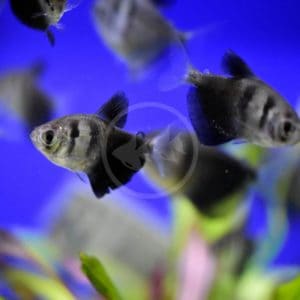
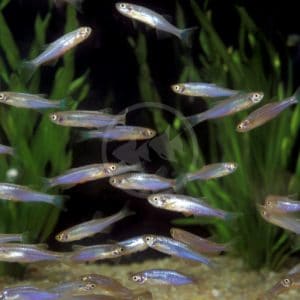
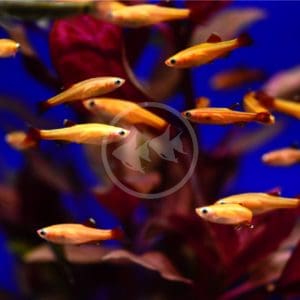
We typically recommend breaking in a new tank by adding a few hardy fish and waiting out that first month or two. It is important to note that the cycling process does not begin until fish are added. Some hobbyists set up their aquarium for weeks or even months before adding fish, and are surprised to see high ammonia and nitrite readings shortly after fish are finally added. A staff member will make the best recommendation of how many fish to purchase based on your tank size and fish preferences. This is usually around 25% of what the capacity is. Algae eating fish should not be added until the cycle is completed.
Once the cycle is in progress, it is best to not add other fish until it is complete. The starter fish have had a chance to become slowly accustomed to the increasing ammonia/nitrite levels; any new fish would have to deal with the shock of being put into poor water conditions all at once. It is also best to feed regularly, once per day, but sparingly. Any uneaten food can make the cycling process worse. Periodic testing of water chemistry will help to determine if a tank is on course during the break in period. (See below for more details.) Break-in fish may show signs of distress, including rapid breathing, loss of appetite, aggression, and skittishness during the peak times of the cycle. It is especially important to monitor the fish regularly during this time, attaching for ich and other stress-related diseases. Cutting back on the feeding will also help keep levels in check.
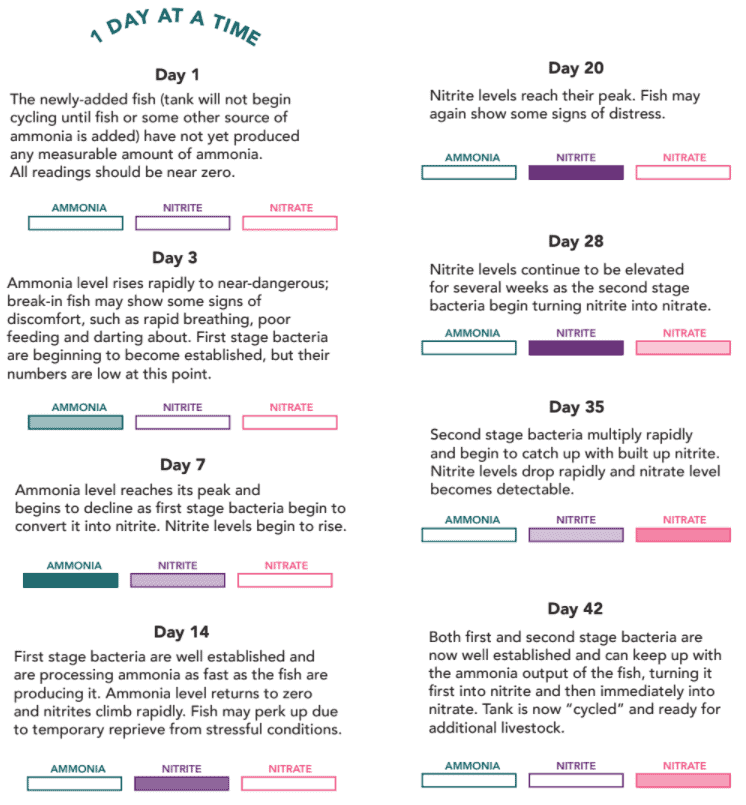
The total cycling time for most aquariums at 78-80°F is about 4-6 weeks. On rare occasions, some tanks will take much longer than that. At the end of the 4-6 week period, we recommend that the water chemistry be tested before adding any new fish. This is a “typical” situation. Please note that tanks may take longer to cycle. Water chemistry should always be tested before adding fish to ensure that the cycle is over. (We provide FREE water quality testing.)
We also sell cycled biological media (found at the front counter). The Marine Pure biological balls are regularly fed ammonia to keep them robust and ready to go. These bio balls can help to move along the break in process, much like adding a handful of gravel or media from an established aquarium but safer. Fritz Turbo Start refrigerated bacteria is also a safe, effective product. As the cycling process nears an end, many hobbyists notice an improvement in behavior. The cycle is over and the tank is ready for additional fish when both the ammonia and nitrite are zero.